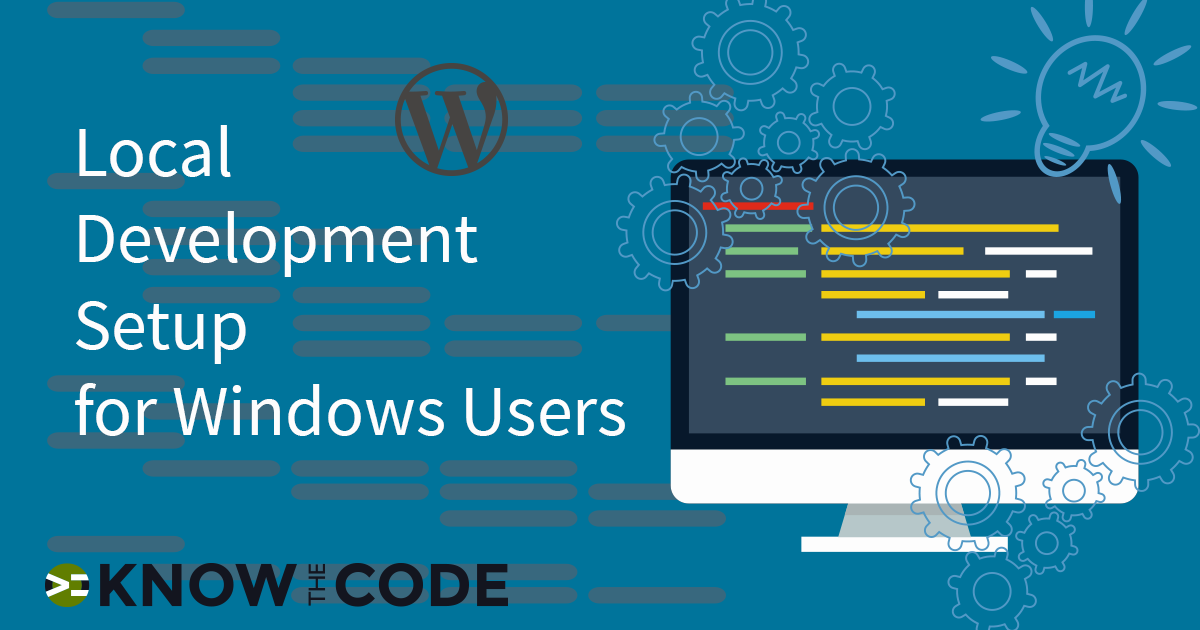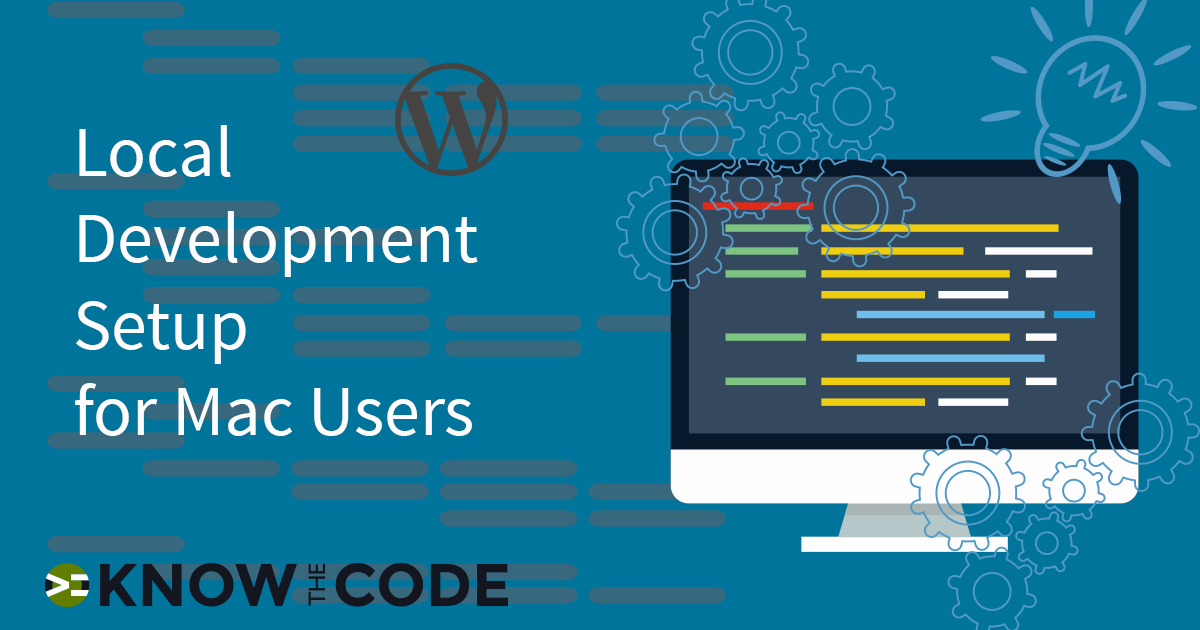Recorded: March 27, 2018 VVV is very popular in the WordPress development community. I prefer Local by Flywheel for all of my development work. However, if you need or prefer VVV, then this episode is for you. We’ll walk through it together. Here is the installation guide for VVV.


